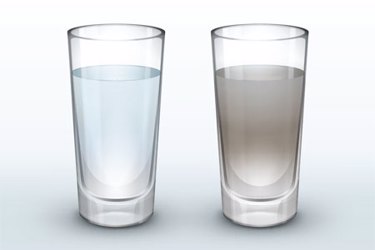Being Clear On Turbidity

Turbidity is a measure of how clear water is (or isn’t). It’s a simple and intuitive property of water and one of the few that can be observed without instruments. Turbidity is caused by high concentrations of particulate matter that affect the transparency of water, such as dirt, minerals, proteins, oils, or microorganisms like algae. While some water sources are naturally more turbid than others, turbidity levels can change over time. Stormwater or agricultural runoff, erosion, and more can cause source water to become more turbid.
As easy as it may be to observe turbidity, the relationship between turbidity and water quality is not straightforward. While turbidity-causing matter is not always harmful to drink, it can facilitate the growth of pathogens and reduce the effectiveness of disinfectants.
This article will clarify the essential aspects of turbidity, how it can affect human health, and how best to measure and mitigate it.
Get unlimited access to:
Enter your credentials below to log in. Not yet a member of Water Online? Subscribe today.
